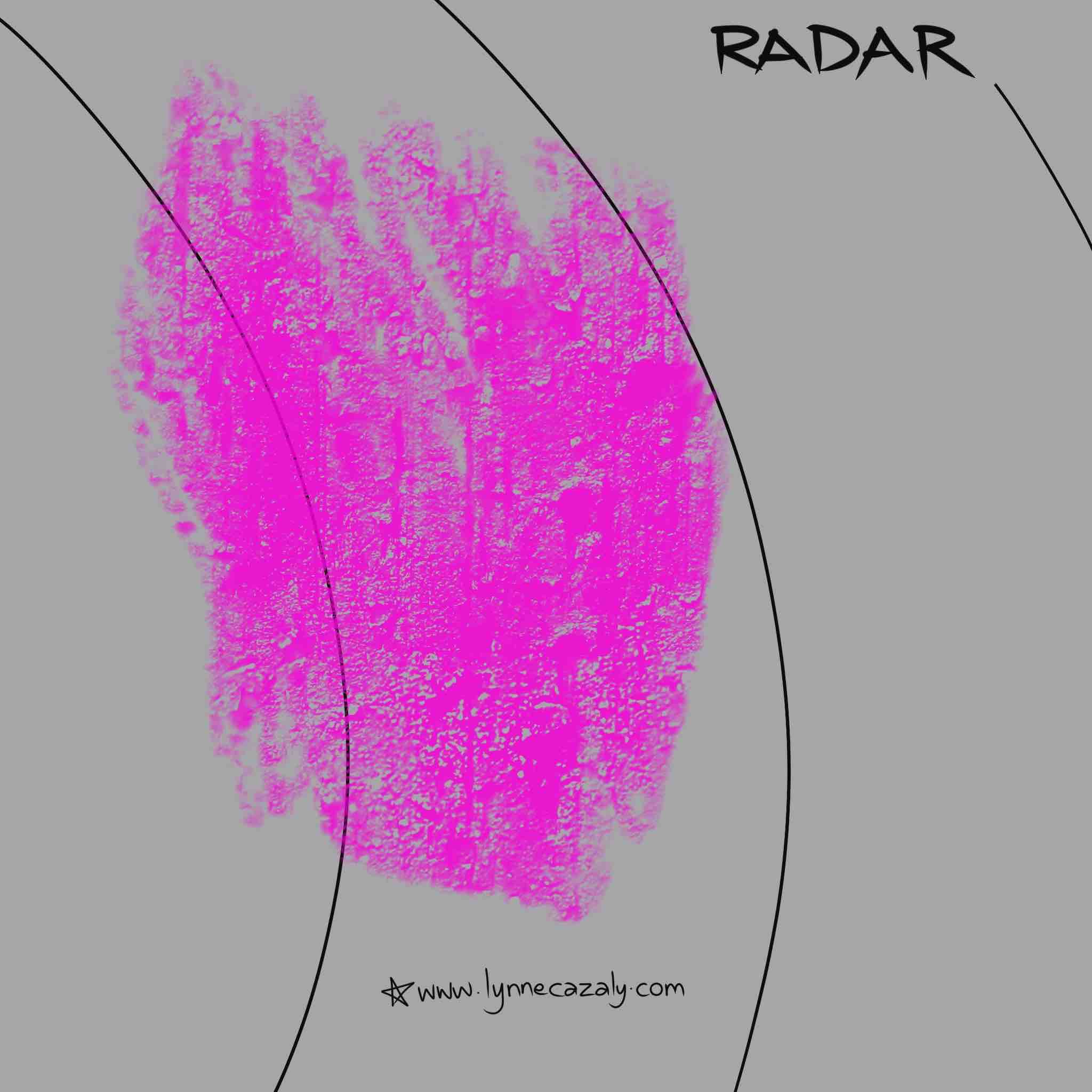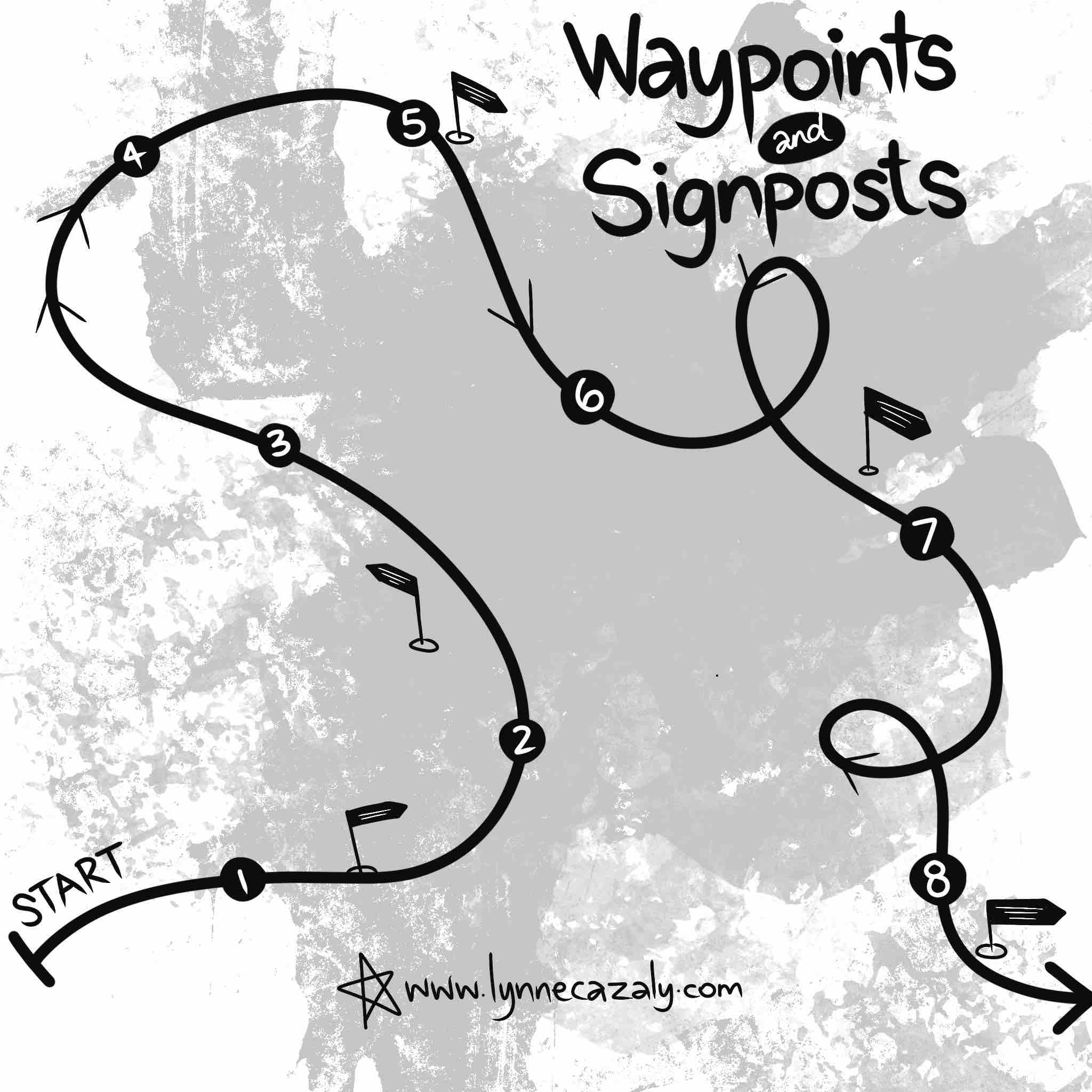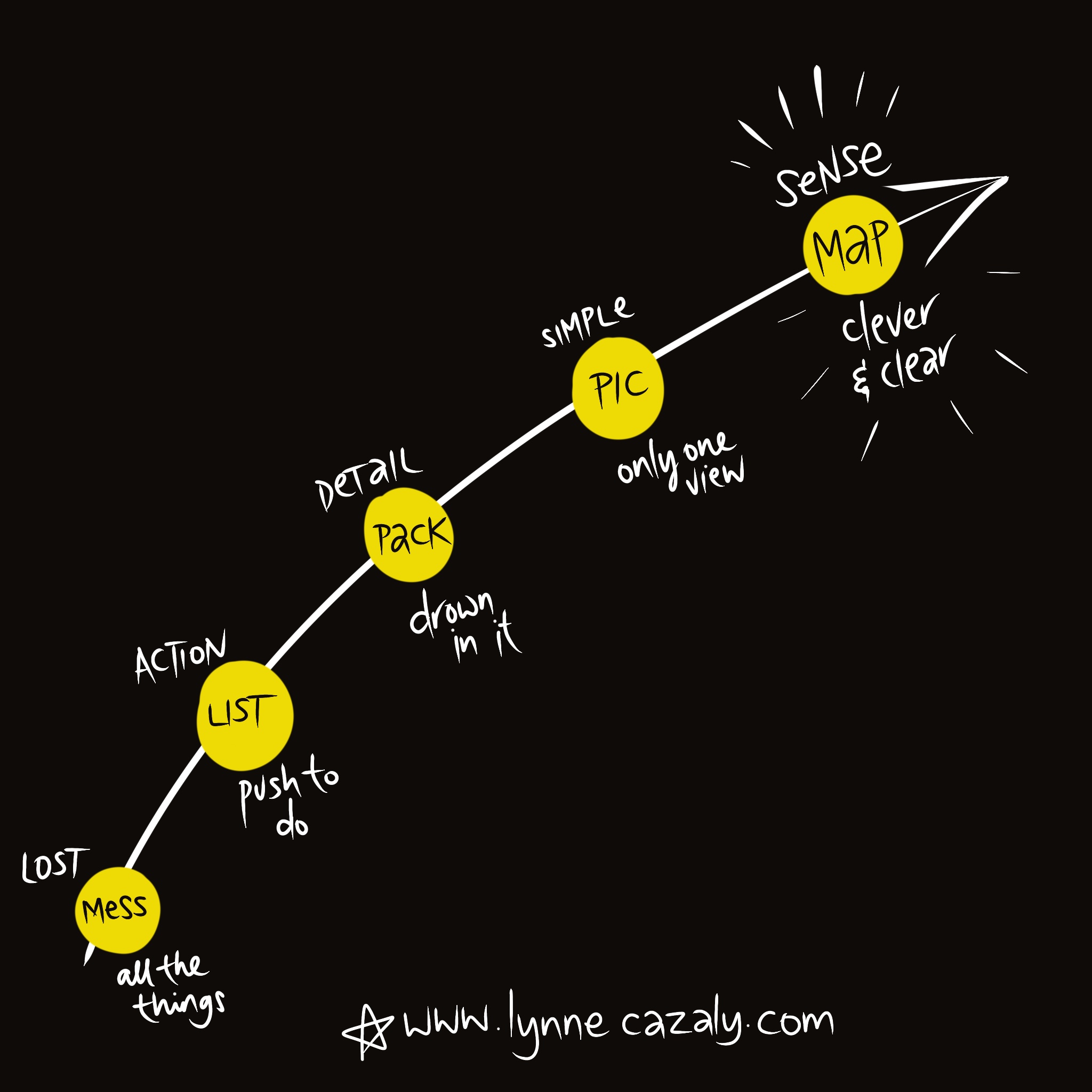What’s on your radar
 Saturday, November 7, 2020 at 9:59AM
Saturday, November 7, 2020 at 9:59AM  What’s up ahead? Can you see it?
What’s up ahead? Can you see it?
We check the weather to see what the forecast will be like: what’s predicted and how we might need to be prepared for it, to respond and adapt to what’s coming.
I love the rain radar. It’s always changing. As showers or storms drift frame by frame, they change in nature and shape.
The way they look now, where they are now ... it can change.
You think it’s heading one way and then forces make it move and shift in a slightly different direction or speed.
What do you see ahead... in this task, project, process, team or product?
Do you have a hunch of what might or could happen?
How might what you’re in now, change?
Be ready for what’s ahead. And be prepared to adapt and change.
To be able to roll with it, go with it, or be able to handle whatever the forecast - now that’s a great mindset.
Chilling with a likelihood for change.



















